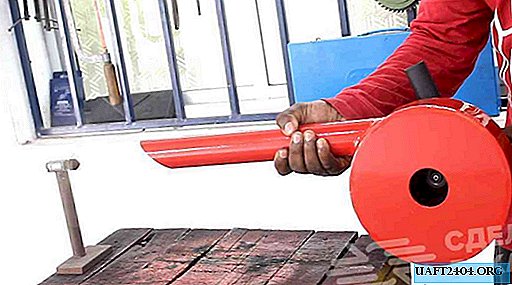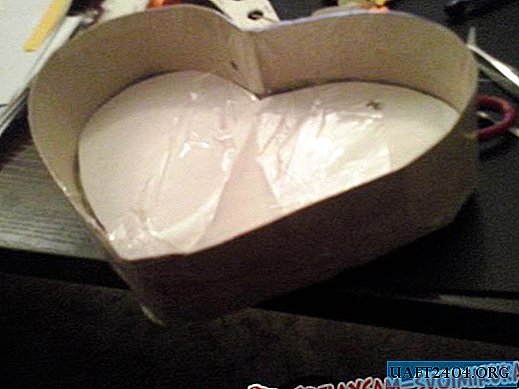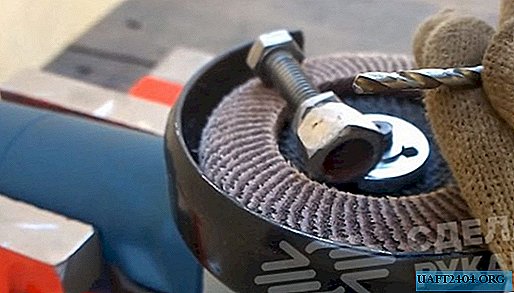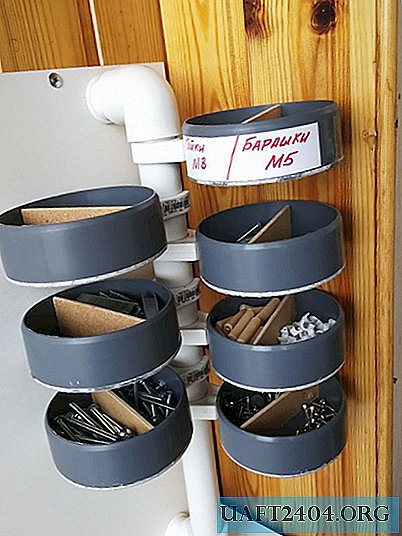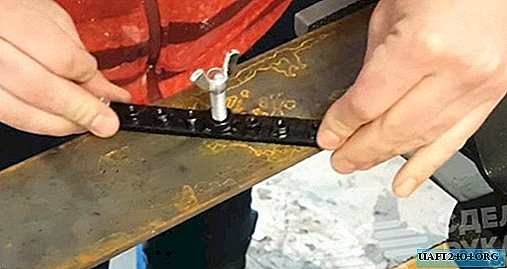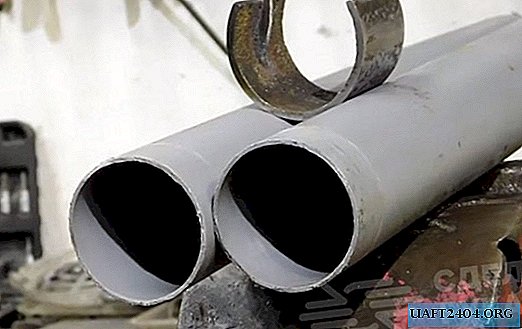Share
Pin
Tweet
Send
Share
Send
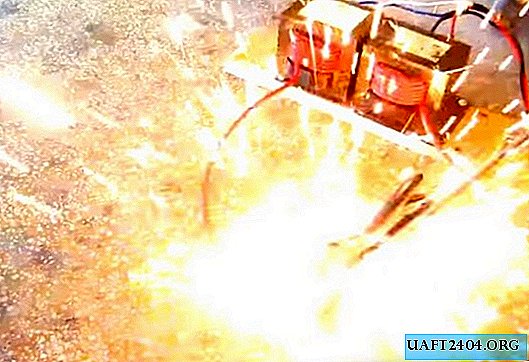
We disassemble the microwave and pull out the transformers.

These step-up transformers, that is, they convert 220 volts to a voltage of the order of 2.5 kV, necessary for the operation of the magnetron. Therefore, the secondary winding in them contains a less thick wire and with a large number of turns. Such a transformer has a power of about 1200 watts.
To assemble a welding machine for arc welding, we do not have to disassemble the core of these transformers. We just cut and drill the secondary high-voltage winding. Usually this winding goes from the top, and the primary one at 220 V from the bottom.
The tool we need to work.

Do-it-yourself simple microwave welding machine
We take the transformer and fix it so that it does not move. We take a hacksaw for metal and cut off the secondary winding on both sides of both transformers. If you decide to repeat, then be careful not to damage the primary winding.



Then we drill the winding with a drill with a drill for metal, thereby removing the internal stress of metals, so that it is easier to knock out the residues.



We knock out the remnants of the winding.

We got two transformers with 220 V windings. The transformer on the left, above the winding, has a current shunt separating the windings. To increase power, they also need to be knocked out. Such manipulation will increase the power of the transformer by 20-25 percent.
It also happens between large windings a small low-voltage winding from a pair of wires - we also throw it away.

We take a stranded wire in plastic insulation with a cross section of six squares and a length of 11-12 meters. You can take a more stranded wire, not coarse as in my example.


I wound about 17-18 turns on each transformer, 6 rows high and 3 layers thick.





Windings are connected in series. I wound everything with one wire, but you can wind each transformer individually, and then connect it. The whole winding is very dense, should not hang out.

After winding is completed, we connect the high-voltage windings to 220 V in parallel. I used car lugs with heat-shrink insulation.

I plug the entire structure into the network, and measure the voltage on the secondary, which I wound. It turned out about 31-32 volts.

Then I took a wooden board and screwed both transformers with self-tapping screws to make a single unit.

When welding, I will use 2.5 mm electrodes and cook two pieces of iron 2 mm thick.


Here is the result.



In principle, you can cook, but not for long, because the transformers are very hot and therefore after each electrode you need to allow the device to cool.
There is enough current, so cooking thin metal does not work out very well, since it just cuts. To reduce the current in the circuit, you can use a choke or a balanced resistor. In the role of a resistor, you can take a piece of steel wire, including it in the low-voltage winding circuit, and select the current by its long length, adjusting the evenness of the arc burning.
I am satisfied with the result, it will fit perfectly for domestic needs, considering that I actually got everything for free.
Watch the video of making an arc welding machine
Share
Pin
Tweet
Send
Share
Send

